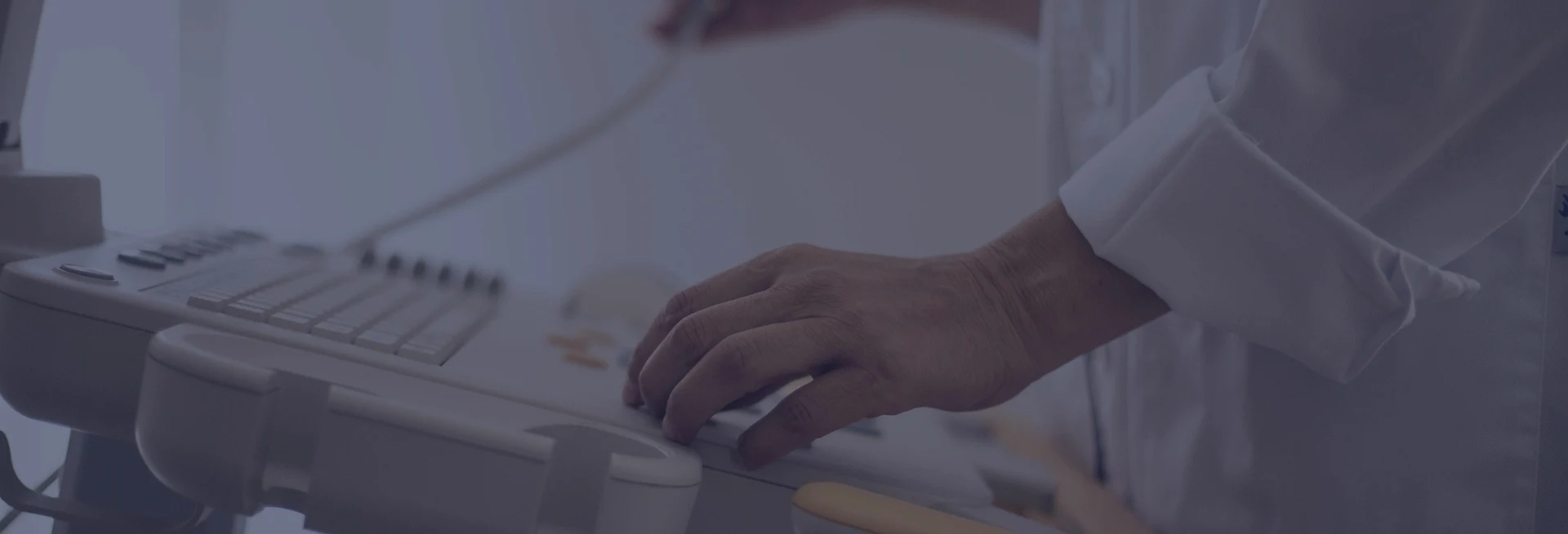Bringing a medical device to the US market requires understanding a complex regulatory framework. One of the most common routes is the 510(k) submission, a critical part of the FDA submission process. Maven supports medical device manufacturers in ensuring their products meet the safety, security, and compliance standards required by the 510(k) submission process.
Explore this comprehensive guide to understand the 510(k) FDA submission, who must submit it, the benefits, and how Maven Profcon Services can support your regulatory journey.
Premarket Notification 510(k)
According to the FDA’s guidance on Premarket Notification 510(k), a 510(k) submission is required for most medical devices intended for human use that are not subject to premarket approval (PMA). This includes:
- Class II devices: These are moderate-risk devices that typically require a 510(k) submission to demonstrate substantial equivalence to a legally marketed device.
- Class III devices: These are high-risk medical devices requiring premarket approval (PMA) from the FDA before being marketed. However, if a Class III device was introduced to the US market after May 28, 1976, and the FDA has not mandated a PMA for that specific type of device, a 510(k) submission may be necessary.
It’s important to note that some devices may be exempt from the 510(k) submission process. For instance, certain Class I and Class II devices are exempt from premarket notification requirements. However, even if exempt from 510(k) requirements, these devices must still comply with other regulatory controls unless specifically exempted.
What Is Substantial Equivalence
Before manufacturers begin the 510(k) submission process, they must determine substantial equivalence. This means the new device has the same intended use and similar technological characteristics as an existing legally marketed device.
Establishing substantial equivalence helps the Notified Body ensure the new device does not raise new safety or effectiveness concerns, making this the cornerstone of every 510(k) FDA submission.
Pre-FDA 510(k) Submission Benefits
The FDA’s Pre-Submission (Pre-Sub) process is a voluntary opportunity for medical device manufacturers to engage with the FDA before submitting a 510(k) application. While not mandatory, it offers several advantages:
- Early Identification of Issues: Address potential regulatory or technical concerns before formal submission.
- Clarification of Requirements: Seek guidance on regulatory expectations, including questions about predicate devices and necessary testing.
- Optimization of Testing Strategies: Discuss testing plans to ensure they meet FDA expectations, potentially reducing time and costs.
- Improved Submission Quality: Enhance the overall quality of the 510(k) submission, increasing the likelihood of a successful and timely clearance.
Feedback from the FDA during the Pre-Sub process is non-binding but provides valuable insights into the FDA’s expectations. Manufacturers should carefully consider this feedback to align their final submission with regulatory requirements.
Who Is Required to Submit a 510(k)?
The FDA requires certain parties to submit a 510(k) submission when introducing medical devices to the US market. These include:
- Domestic manufacturers who produce and market finished devices under their own specifications. Accessories sold to end users also count as finished devices. However, component manufacturers don’t need to submit unless parts are sold as replacements. Contract manufacturers making devices under others’ specs typically don’t submit.
- Specification developers who design device specs but outsource manufacturing. They must submit the 510(k) submission themselves.
- Repackers or relabelers who significantly change device labeling or affect the device’s condition (like sterilization) may need to submit, though most do not.
- Foreign manufacturers or their US representatives introducing devices to the US market are also required to submit.
Additionally, manufacturers of Class II, III, and some Class I devices must follow design controls and maintain documentation per FDA requirements. Any significant device changes may require a new 510(k) submission following quality system regulations.
Step-by-Step Process for Obtaining a 510(K) Clearance
Navigating the 510(k) submission process may seem overwhelming, but breaking it down into clear steps can ease the journey. Each phase involves collecting specific data and coordinating with the Authorities.
Step 1: Search for a Predicate Device (Device Class, Product Code, and CFR Regulation)
Finding a predicate device is the first critical step. It helps define the regulatory pathway by identifying the following:
- Device classification (Class I, II, or III)
- Product code
- Relevant Code of Federal Regulations (CFR)
This search sets the foundation for your 510(k) submission strategy.
Selection of Submission Type
Once a predicate is identified, the next task is choosing the submission type:
Traditional 510(k)
This is the most common format and includes complete supporting data like lab tests, risk analyses, and device descriptions.
Special 510(k)
Used when a manufacturer modifies its own legally marketed device, provided the changes don’t affect safety or effectiveness.
Abbreviated 510(k)
This utilizes existing FDA guidance, special controls, or recognized consensus standards, streamlining the FDA submission process.
Step 2: Preparation of 510(K) File
The submission file is the core of your 510(k) submission. It includes:
- Device description and intended use
- Comparison with the predicate device
- Bench and clinical test results
- Sterilization and biocompatibility reports
The file must comply with all 510(k) submission requirements, including labeling, device photos, and proposed indications.
Step 3: Payment of Fee
Before proceeding, applicants must pay the FDA user fee. For 2025, the annual establishment registration fee is set at $9,280, with no reductions available for small establishments, businesses, or groups during this fiscal year.
Step 4: 510(K) Submission Process and Review
The FDA submission process begins once the file is submitted via the Center for Devices and Radiological Health’s (CDRH) Electronic Submission Template. The FDA then conducts an initial acceptance review, followed by substantive and interactive reviews.
Communication during this stage is essential to meet the 510(k) submission process timelines.
Step 5: 510(k) Decision Letter
If the submission is approved, the FDA issues a 510(k) clearance letter. This allows the device to be marketed in the US. If deficiencies exist, a request for additional information will be issued.
How Maven Profcon Services LLP Can Help with FDA 510(k) Submission
Maven supports manufacturers through the complete 510(k) submission process, ensuring accuracy and compliance at every stage. Here’s how Maven adds value:
- Helps identify suitable predicate devices
- Guides the preparation of submission files aligned with the FDA 510(k) submission guidance
- Reviews documentation for completeness and compliance
- Supports pre-submission strategies to engage the Authorities
- Assists in responding to additional information requests
Maven understands that a 510(k) submission is an ongoing document cycle rather than a single event. By understanding the FDA submission process, knowing the 510k submission requirements, and working with experts like Maven, manufacturers can streamline compliance and market entry.
Let us guide you through every detail of your FDA 510(k) submission, from strategy to decision letter, ensuring your device meets the standards for safety, security, and effectiveness.







